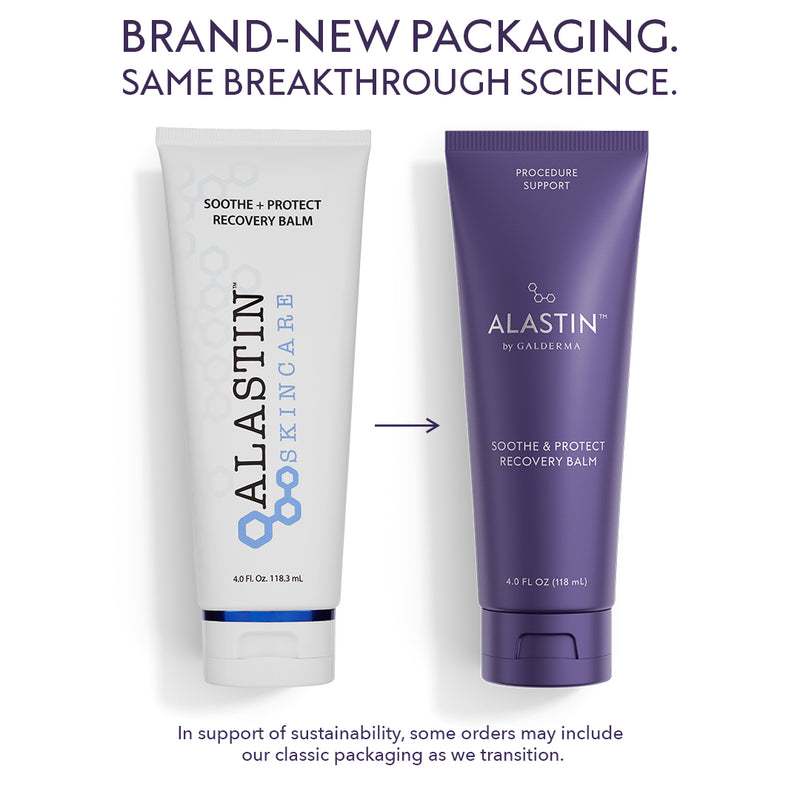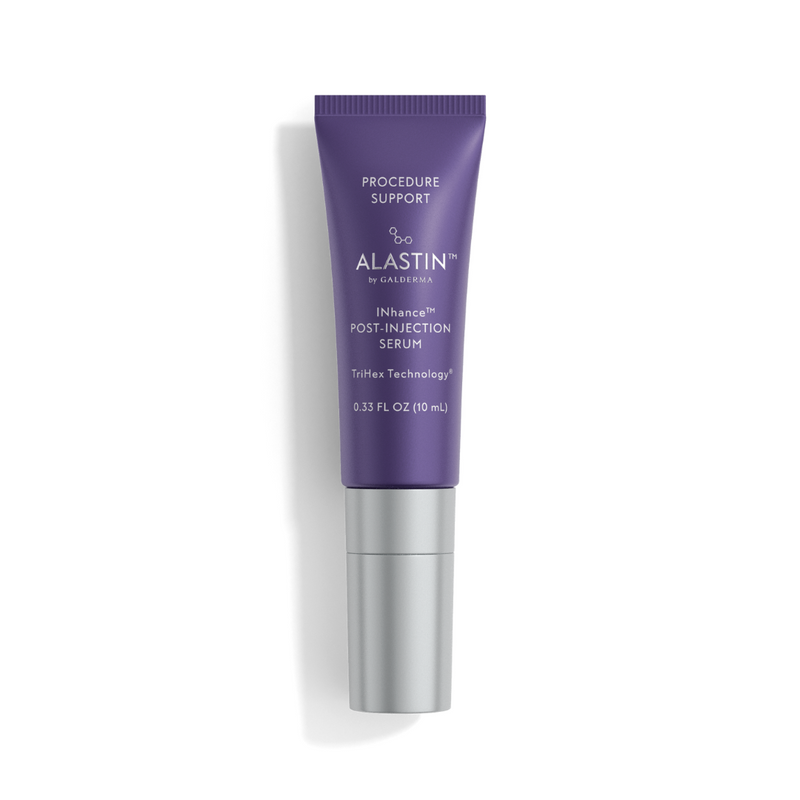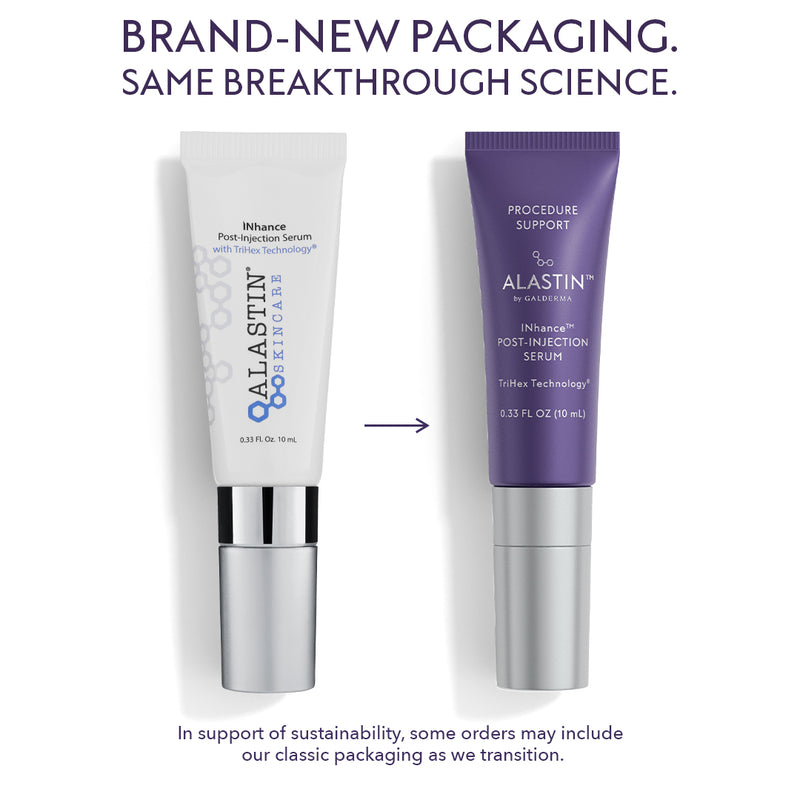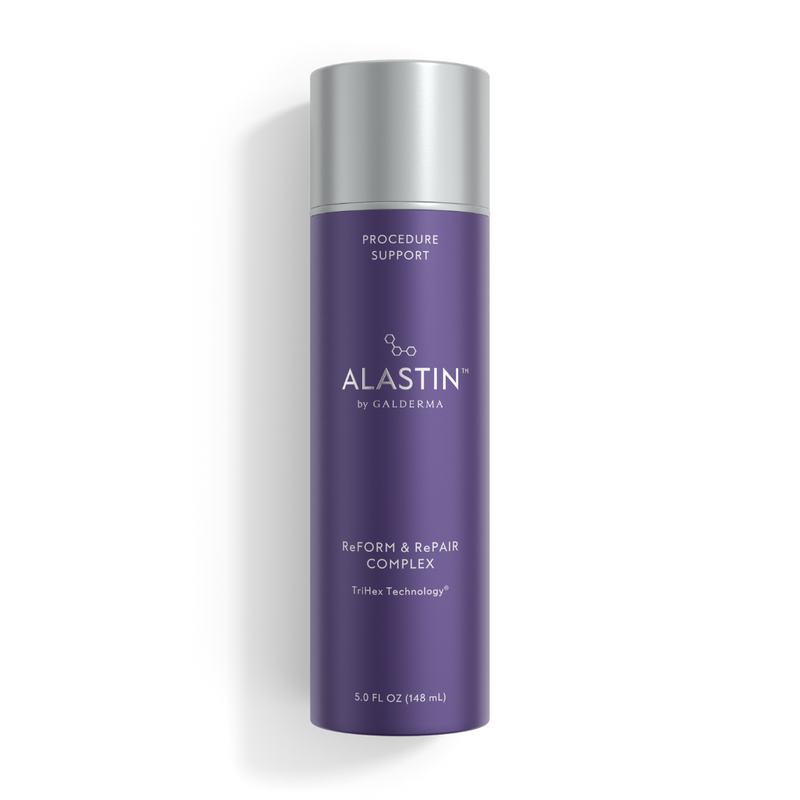You have no items in your bag
What is a Vampire Facial?

In the spirit of ghosts, goblins, and the upcoming Halloween holiday, we thought it would be appropriate to dive into a seemingly scary and often misunderstood skincare facial treatment trend: the vampire facial, also known as a blood facial.
What is a Vampire Facial?
When you spin blood in a centrifuge, it separates into the red blood cells and plasma. The red blood cells fall to the bottom, while the plasma portion will rise to the top.
This plasma portion of your blood is rich in platelets which have a lot of anti-inflammatory properties and are also rich in growth factors.
A moment for couple helpful definitions from Wikipedia:
“A centrifuge is a piece of equipment that puts an object in rotation around a fixed axis (spins it in a circle), applying a force perpendicular to the axis of spin (outward) that can be very strong.”
“A growth factor is a naturally occurring substance capable of stimulating cellular growth, proliferation, healing, and cellular differentiation."
So, similar to the process of getting a filler, the platelet-rich plasma can be injected into the skin using a small little acupuncture needle.
Now important to note here that this is a clear substance being inserted into the skin. The popular photo that caused this skincare trend to be heard around the world back in 2013 was when Kim Kardashian posted this photo to her Instagram account.
Warning: graphic photo:

However, at no part during a vampire facial is blood applied topically to the skin, or smeared on your face as this photo would have you imagine. In all likelihood, we would guess that this photo was staged to get attention and drive home the concept for fans. As you can see, her skin appearance is red, smeared all over her face, and looks like blood.
Skincare Benefits of a Vampire Facial
The intended goal of a blood facial is skin healing and renewal through new collagen production and fresh skin cells which are full of human growth factors.
Elastin and collagen are the primary structural proteins in the dermis. And as we age, we are subjected to various environmental factors (we’re looking at you sun!), pollution, and introduce other daily habits that cause trauma to our skin, causing our dermis to break down, making our skin tone look older and eventually develop fine lines and wrinkles, among other signs of aging.

To address this skin concern, many often turn to cosmetic procedures such as injectables and fillers. But if you’re scared of this solution, a blood facial could be considered a good, natural alternative. It’s safe and not dangerous; in some cases, patients will use this same process to help with inflammation caused by sports injuries and the like for a similar healing effect.
Other Popular Facials & Treatments for Younger-Looking Skin
You can inject the plasma portion of your blood by itself like in a blood facial or in some cases, you can mix the plasma with other fillers or even your own fat for volume replacement.
Some plastic surgeons do more with stem cells, which is essentially taking fat and, through a process, extracting the stem cells instead of the platelet cells for similar benefits.
American singer Jhené Aiko gets both vampire facials and Fraxel laser treatments. She understands the importance of the products you use after a treatment and recommends those made by ALASTIN, specifically our Gentle Cleanser and Renewal Retinol, because they're "moisturizing" and leave your skin "so soft."
All skincare experts will recommend that you pair your in-office procedure with a top-rated skincare regimen designed to enhance your results, like the best-selling Regenerating Skin Nectar with TriHex Technology.
Regardless of whatever skin treatment or cosmetic procedure is trending at the moment, it is recommended that first consider your own skin and what you want to accomplish, before requesting the latest celebrity beauty facial treatment according to Instagram or E! News.
For this reason, our resident RN and licensed esthetician recently detailed a very thoughtful guide on how to prepare for ablative and non-ablative procedures, which is worth a quick read before you make a trip to your plastic surgeon or dermatologist.
$258.00
$268.00













